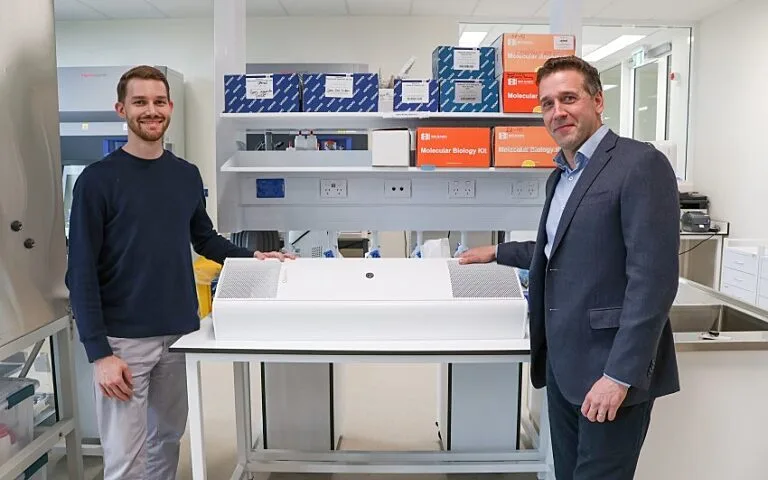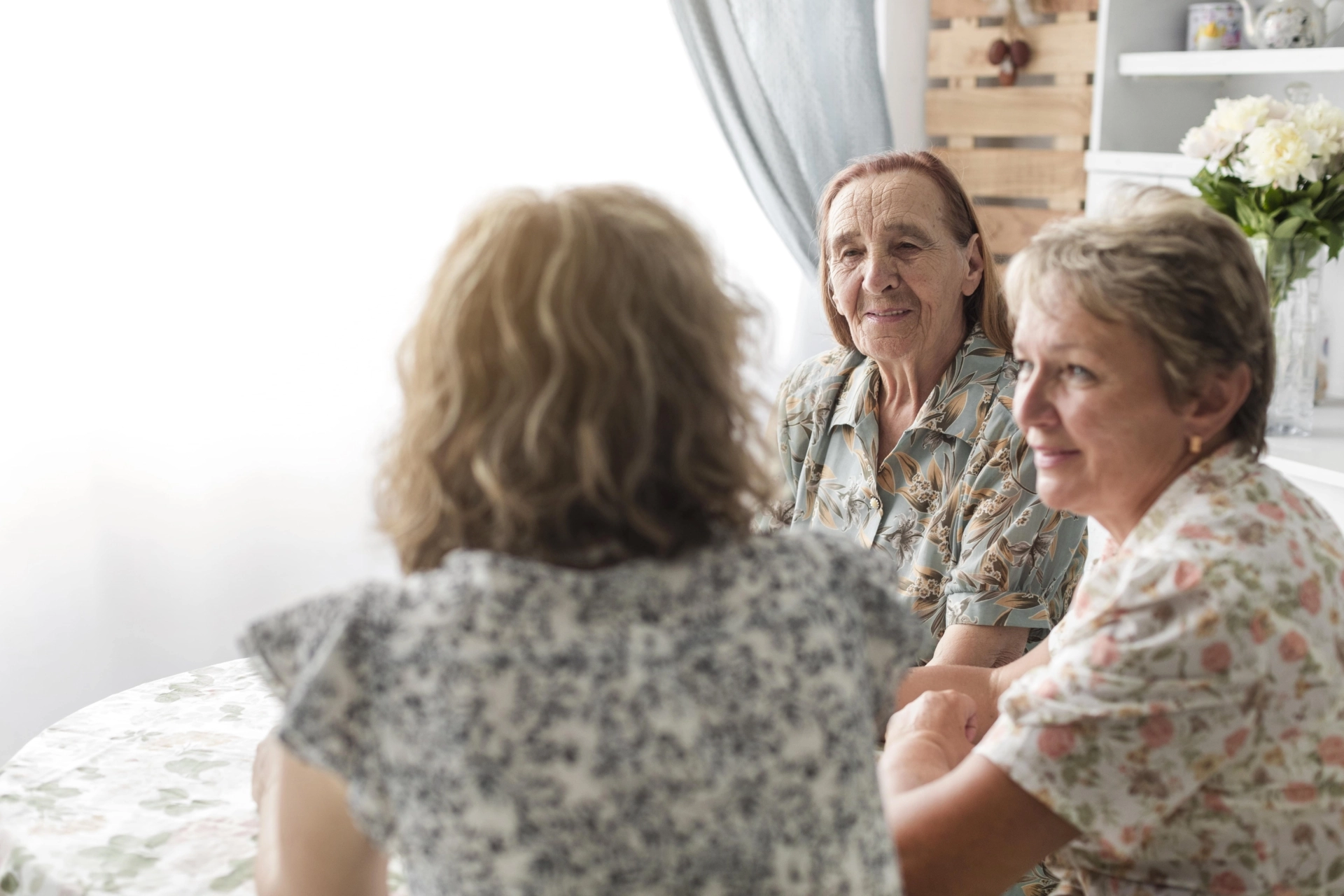Simple technology that harnesses ultraviolet light to ‘zap’ airborne viruses has been shown to significantly lower the number of respiratory infections in aged care facilities, paving the way for smarter infection control.
Adapted by scientists from SAHMRI and Flinders Health and Medical Research Institute (FHMRI), the technology is based on using germicidal ultraviolet (GUV) appliances which purify the air with UV-C light rays and deactivate harmful micro-organisms like viruses and bacteria.
The new study published in JAMA Internal Medicine was based on a world-first trial testing the health impact of installing commercially-available GUV appliances in four aged care homes across South Australia. Lead author, Dr Andrew Shoubridge says results showed a 12% reduction in rates of viral respiratory infections among aged care residents.
“This means GUV technology could make a noticeable difference in protecting people in aged care facilities, especially when we consider there are 250,000 Australians currently living in them,” Dr Shoubridge said.
“When used in conjunction with existing infection control measures, they could be transformative in reducing rates of seasonal respiratory viral infections and protecting residential aged care facilities against emerging pathogens.”
The trial was designed to compare the same environments with and without the appliances tracking infection rates over two years.
Senior author, Professor Geraint Rogers, Director of SAHMRI’s Microbiome and Host Health program, conceived of the transformative adaptation of this technology to reduce respiratory viral outbreaks in vulnerable older Australians.
“Outbreaks of viruses such as COVID-19 are absolutely devastating for older people, significantly increasing the risks of hospitalisation and death,” Prof Rogers said.
“Our study aimed to explore new ways in which to protect aged care residents from harmful outbreaks of viruses, including COVID 19, without disrupting their day-to-day activities.
The UV lights tested in the trial are already used in a wide range of clinical and commercial settings, including hospitals.
The appliances can be mounted to ceilings or walls, fitted into ventilated AC systems, are harmless to people, and already proven to reduce levels of airborne pathogens in laboratory and hospital settings.
Professor Rogers says that whilst older people are particularly vulnerable to acute respiratory diseases, this technology could be hugely significant in reducing the burden of viral infections in other contexts and in helping prepare for future pandemics.
“Based on our findings, it’s difficult to see why you wouldn’t install these appliances in aged care facilities everywhere.”
Photo Credit: Flinders University





